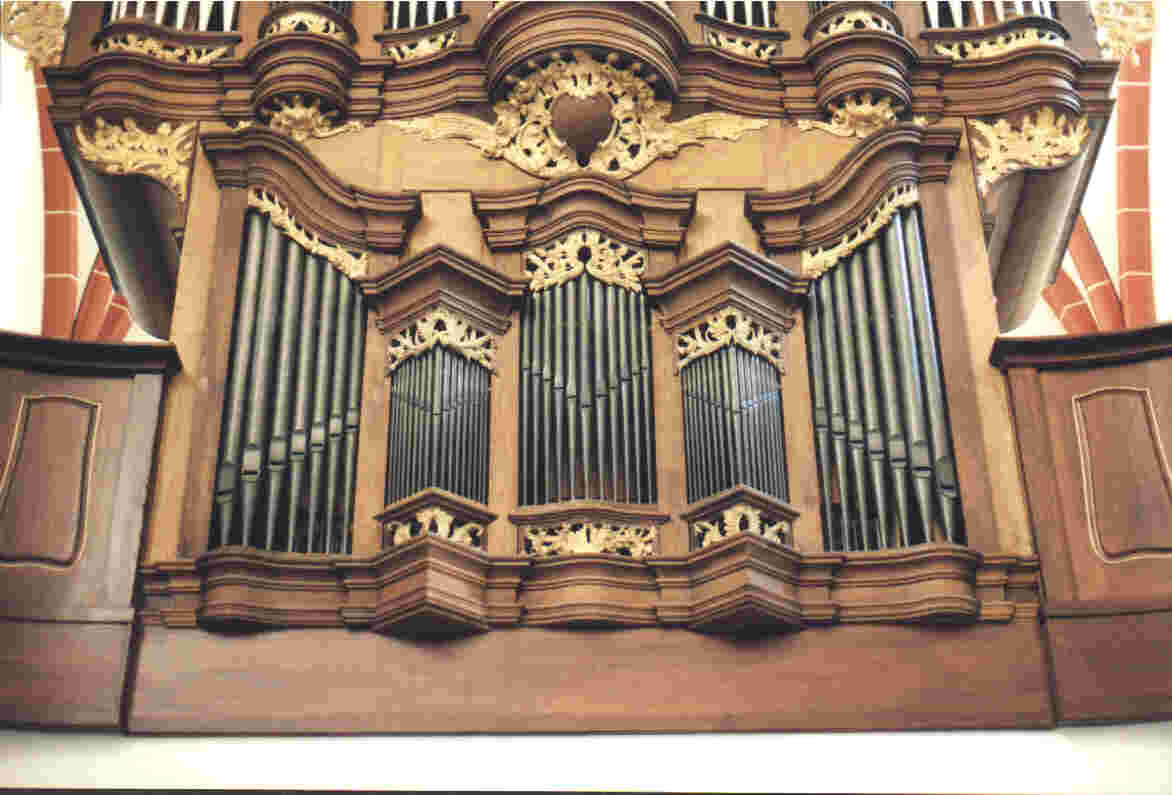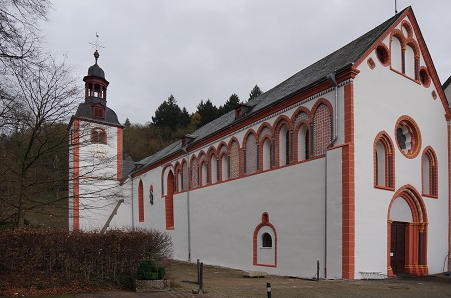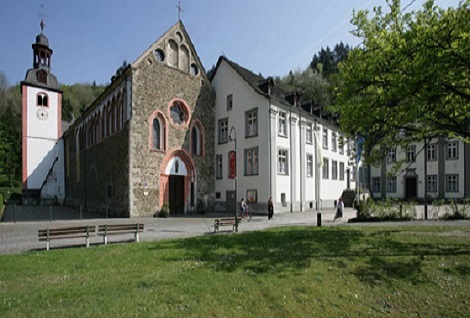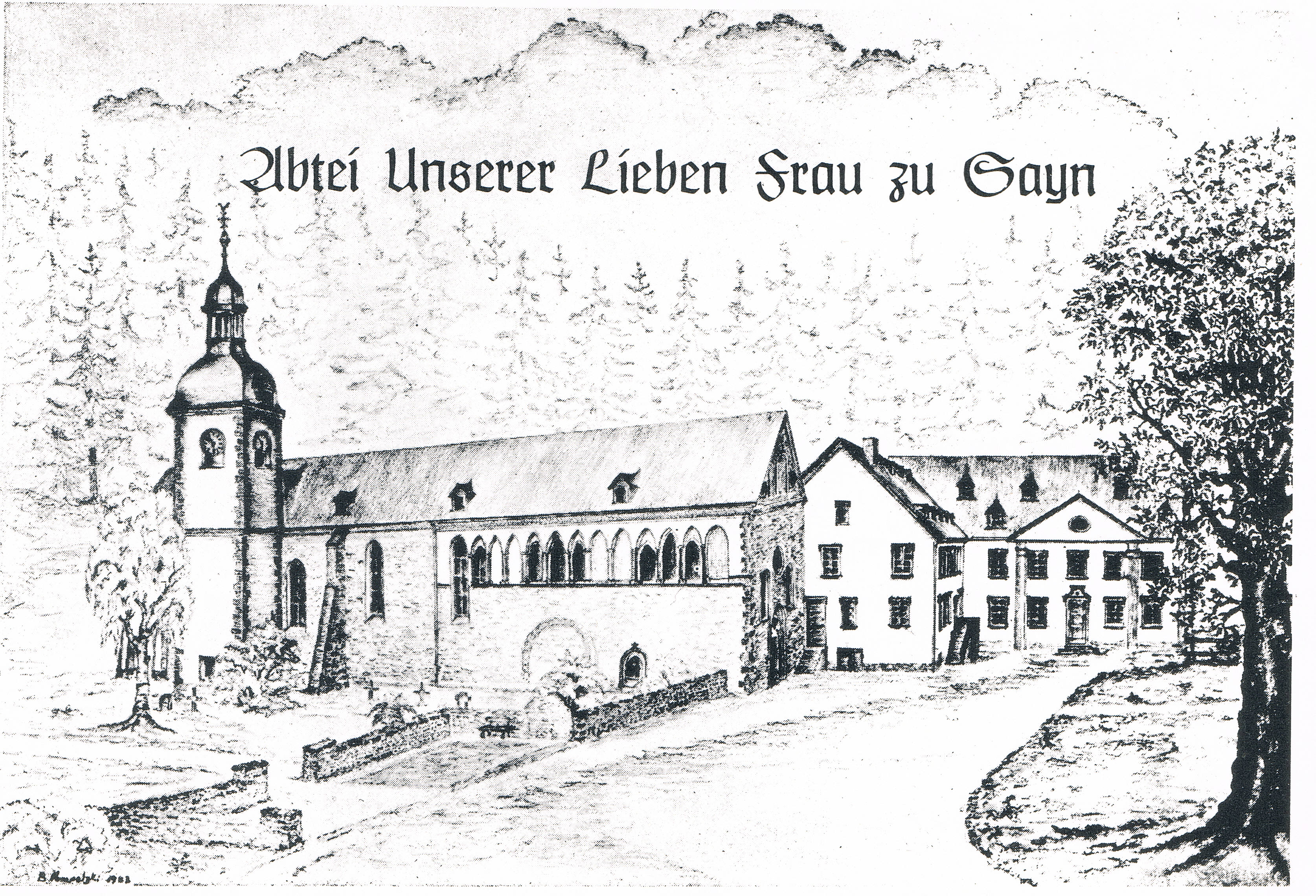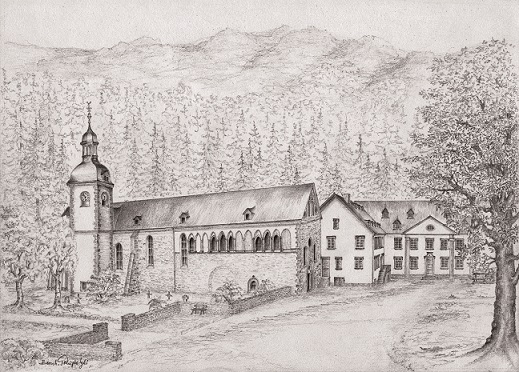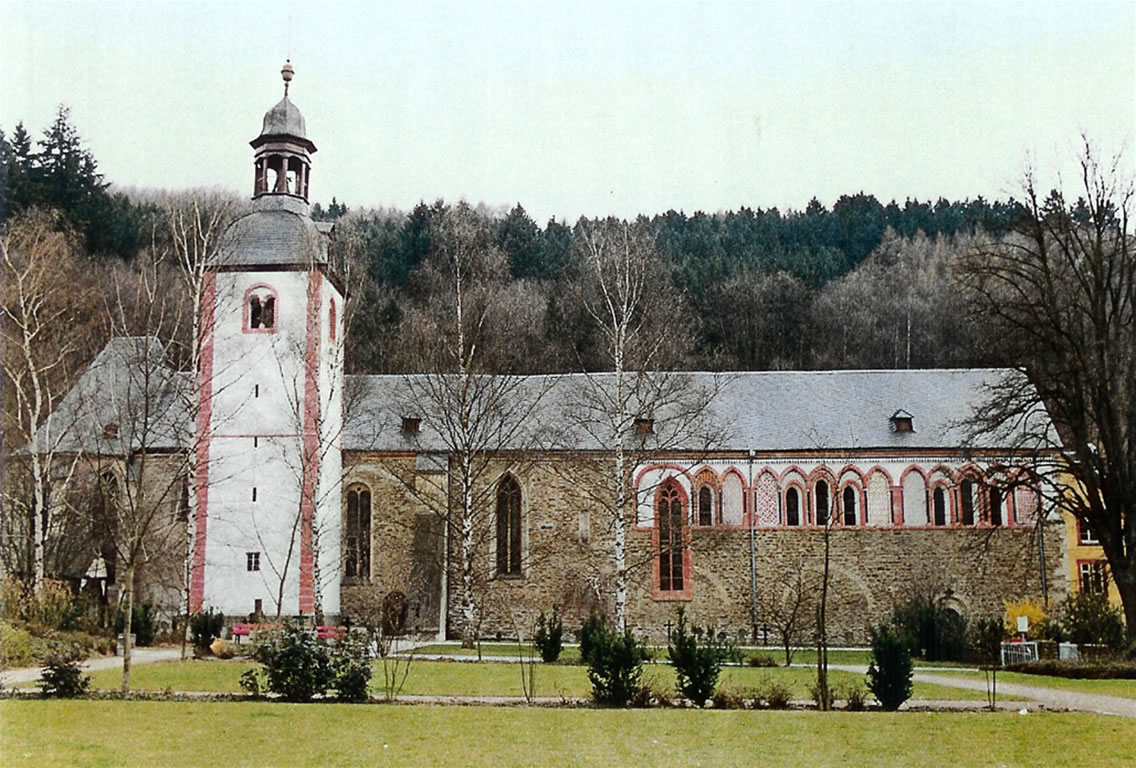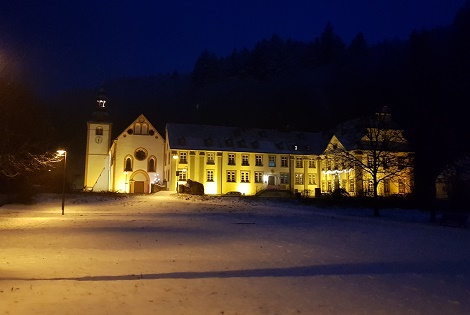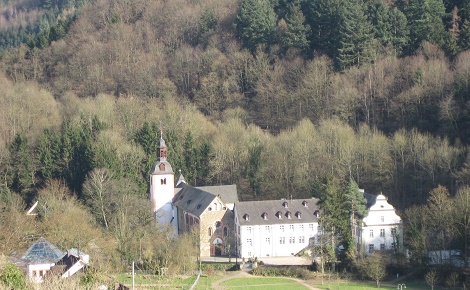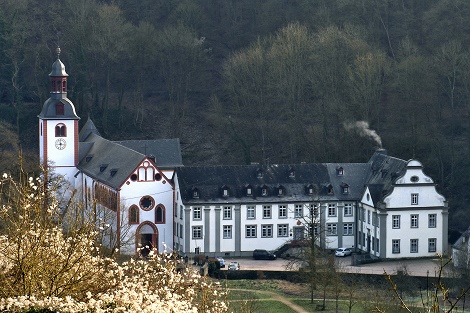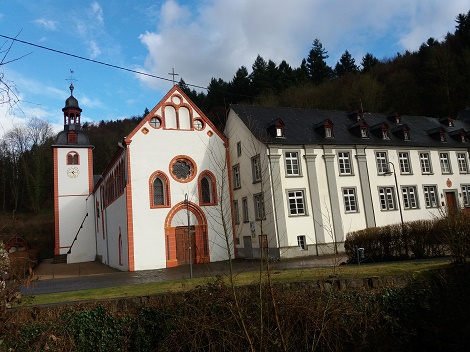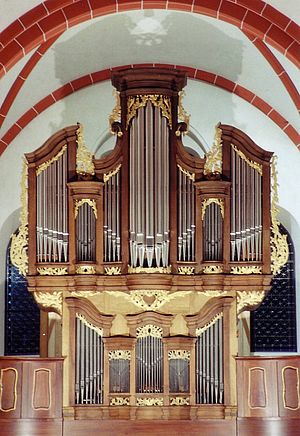STUMM-Organ of the abbey
The organ was built in 1778 by the Stumm brothers from Sulzbach (Hunsrück) as a side-played balustrade organ. In the contract dated 28th March 1778 it is stated that the casing should be of good oak wood and finished with corresponding decoration and comply with the following specifications, three wind bellows, which both pianos with black ebony up to the high D, the pedal equipped with 15 tones. In 1887 the gallery was enlarged by 3,50m to the front, so that the organ was now in the middle of the gallery. In accordance with the fashion of the time there was a change in the disposition that year.
At the beginning of the 20. century the organ deteriorated more and more because it was not looked after, but also because of the high level of dampness in the church. In 1954 during the first restoration the under positive was built in to the organ as a back positive in the gallery and a new playing table was set up in the middle of the gallery in front of the main body in the middle. These changes were rescinded when the organ worksshop Klais (Bonn) renovated the organ in 1997. The organ is now more or less in its original state as it was in 1778. It has 29 registers, spread out over 2 manuals (C – d³) and pedals (C-c1).
Amongst experts for organs the organ is highly esteemed. Organists from many different countries have played on it at great concerts. The text is the moderately amended and supplemented text of the Premonstratensian abbey church Bendorf-Sayn, Schnell, art guide Nr. 2460, 1. Auflage 2001, ISBN 3-7954-6339-4.
If you wish to find out more, please follow the following link:
http://www.stumm-orgel-sayn.de
Organ music
Please click image to Youtube link
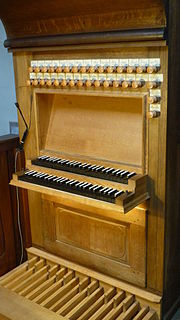
The organ has after the reconstruction
following disposition:
II. Hauptmanual C–d3
____________________
Großgetact 16′
Principal 8′
Viol da Gamba 8′
Trompet 8′
Octav 4′
Hohl Pfeiff 4′
Cornet 4f 4′
Salicional 4′
Flaut 4′
Quinte 3′
Superoctave 2′
Tertz 1 3/5′
Mixtur 4f 1′
I. Positiv C–d3 Pedal C–c1
________________ ________________
Pordong 8′ Subbaß 16′
Flaut travers 8′ Posaun Baß 16′
Crom Horn 8′ Octav Bass 8′
Vox humana 8′ Violoncell 8′
Principal 4′ Quint 6′
Rohrflaut 4′ Superoctav 4′
Quint 3′ Clarin Baß 4′
Octav 2′
Mixtur 3f 1′
• Tremulant als Kanaltremulant im ersten Manual (rekonstruiert)
• Koppeln: Manualschiebekoppel zwischen den Klaviaturen (rekonstruiert),
Pedalkoppel im Spieltisch angelegt (rekonstruiert)
• Spiel- und Registertrakturen sind mechanisch
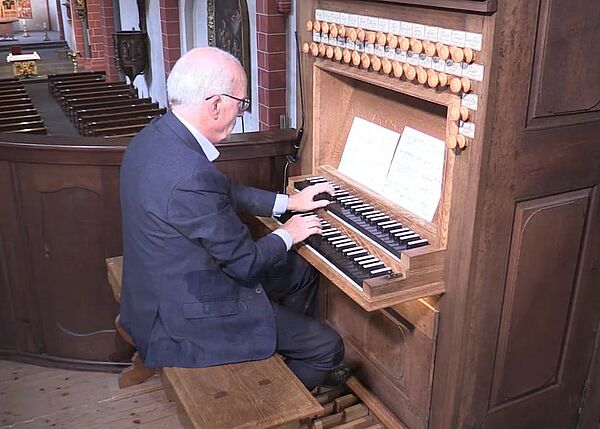
Johannes Geffert und die Stumm-Orgel
Johann Christoph Schmügel: Präludium B-Dur
https://www.youtube.com/watch?v=-UxOqAr5hgo




